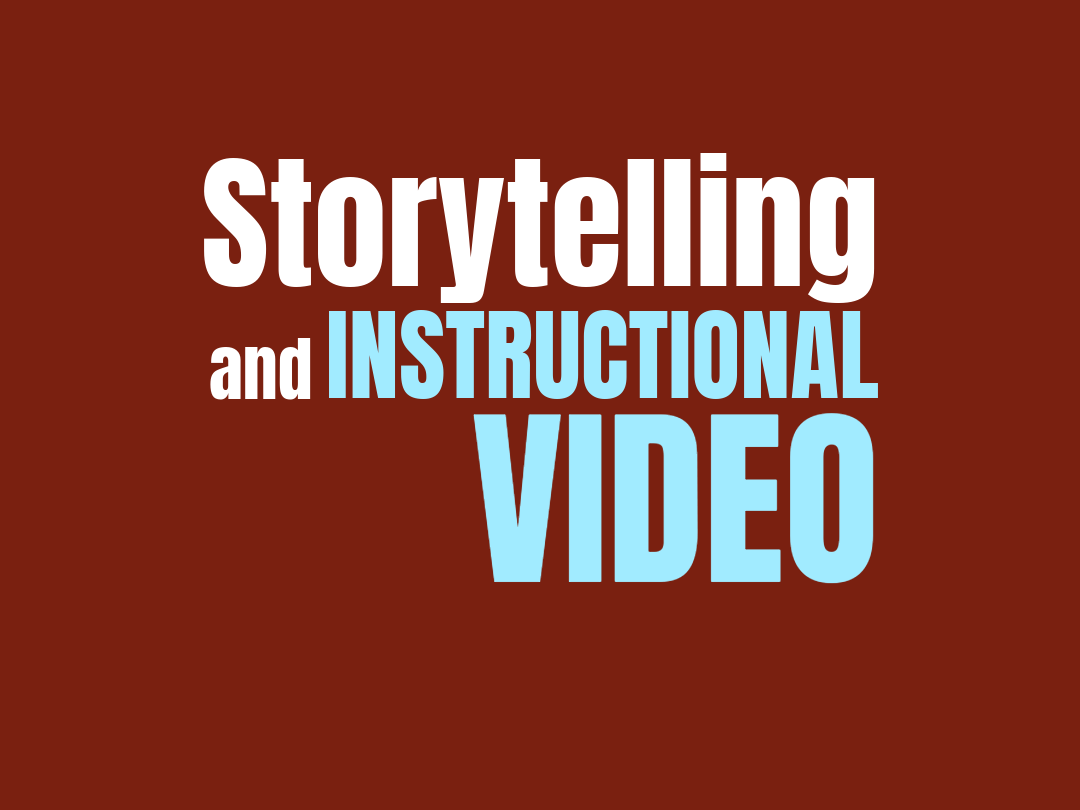"To awaken the dimensional mind and move through the creative process requires three essential steps: first, choosing the proper creative task, the kind of activity that will maximize our skills and knowledge; second, loosening and opening up the mind through certain creative strategies; and third, creating the optimal mental conditions for a breakthrough or insight." (Greene, 2012).
Image created with Firefly
Mastery by Robert Greene (2012)
A book filled with valuable insights. Robert Greene uses vivid examples to illustrate how to achieve exceptional depth in any chosen field. If you have a topic or focus that has lingered in your mind for a long time—perhaps even to the point of obsession—you’ll likely find this book invaluable. I know I did.
Finding Your Life’s Task: Five Strategies from Robert Greene’s Mastery
Life’s challenges can seem insurmountable, but a deep inner drive can help overcome obstacles and unlock true potential. In Mastery, Robert Greene outlines five key strategies for discovering and pursuing your life’s task, emphasizing the importance of aligning with your true inclinations.
1. Return to Your Origins: The Primal Inclination Strategy
Greene suggests that clues to one’s life’s task often appear in childhood through activities or objects that evoke a sense of heightened power or fascination. Encounters with skilled mentors can also awaken these inclinations. Reconnecting with such early inspirations can guide individuals toward fulfilling careers (Greene, 2012).
2. Occupy the Perfect Niche: The Darwinian Strategy
Greene compares the career world to an ecological system where competition is fierce. Success comes from identifying and dominating a niche that aligns with one’s unique skills and interests. This process can take two forms: narrowing focus within a field or combining different skills to create a new domain. In either approach, individuals reduce competition and gain the freedom to innovate (Greene, 2012).
3. Avoid the False Path: The Rebellion Strategy
Many people choose careers for external rewards such as money or fame, only to feel unfulfilled. Greene advises recognizing these false motivations early and rebelling against societal pressures. Embracing one’s authentic path fosters energy and purpose, leading to long-term success and personal satisfaction (Greene, 2012).
4. Let Go of the Past: The Adaptation Strategy
Adaptability is essential in today’s ever-changing world. While staying true to one’s life’s task, individuals must be flexible, applying acquired skills in new ways when circumstances change. This approach prevents stagnation and opens the door to greater opportunities and personal growth (Greene, 2012).
5. Find Your Way Back: The Life-or-Death Strategy
Straying from one’s true path leads to emotional emptiness, regardless of external success. Greene argues that returning to this path often requires sacrifices, including short-term comforts. Long-term rewards come from commitment, patience, and mastery, resulting in lasting fulfillment and genuine success (Greene, 2012).
Conclusion
Discovering and pursuing your life’s task is a journey requiring introspection, courage, and adaptability. By following these strategies from Mastery, individuals can align with their true purpose and unlock a life of meaning and success.
Reference:
Greene, R. (2012). Mastery. New York, NY: Viking.
Greene, R. (2012). Mastery. New York, NY: Viking.








